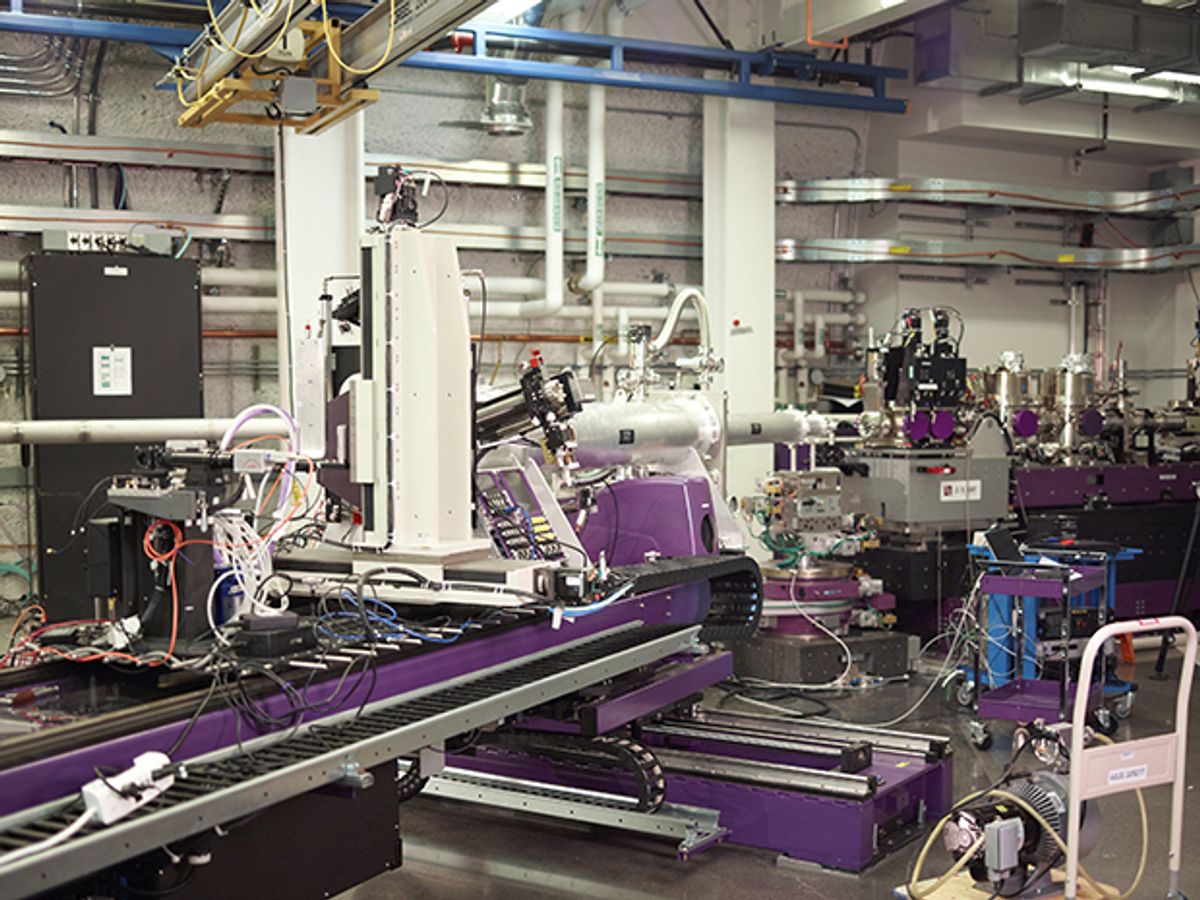The phenomenon known as high-temperature superconductivity is apparently unexpectedly linked to a 3-D arrangement of a superconductor's electrons.
Fully mapping how electrons behave in superconductors under a variety of conditions could aid in the design and development of new superconductors that work at warmer temperatures.
Superconductors conduct electricity without dissipating energy. They depend on electrons not repelling each other as they do in ordinary materials, but instead on electrons forming delicate couples known as Cooper pairs, which can flow without resistance.
Classic superconductors work only at super-cold temperatures below 30 degrees Kelvin. In contrast, high-temperature superconductors work at up to 138K, and can be cooled to superconductivity using liquid nitrogen.
The international team of investigators, many affiliated with SLAC National Accelerator Laboratory at Stanford University, scanned YBCO (yttrium barium copper oxide), which issuperconducting above liquid nitrogen temperatures. They used intense magnetic pulses up to 28 Tesla in strength, 10 to 20 times stronger than those from typical medical MRI machines. They also illuminated YBCO with X-ray laser pulses only 50 femtoseconds long.
The scientists unexpectedly discovered a 3-D version of a charge density wave in the superconductor — a static, orderly arrangement of electrons. Two-dimensional charge density waves were seen in superconductors in 2012, but the 3-D version appears more orderly than the 2-D form, and according to the researchers has “a more intense signal.”
The investigators say follow-up experiments are needed to provide a better look at this 3-D effect, see whether it is universal across all types of high-temperature superconductors, and reveal what role it plays in superconductivity.
The scientists detailed their findings online Nov. 5 in the journal Science.
Charles Q. Choi is a science reporter who contributes regularly to IEEE Spectrum. He has written for Scientific American, The New York Times, Wired, and Science, among others.



